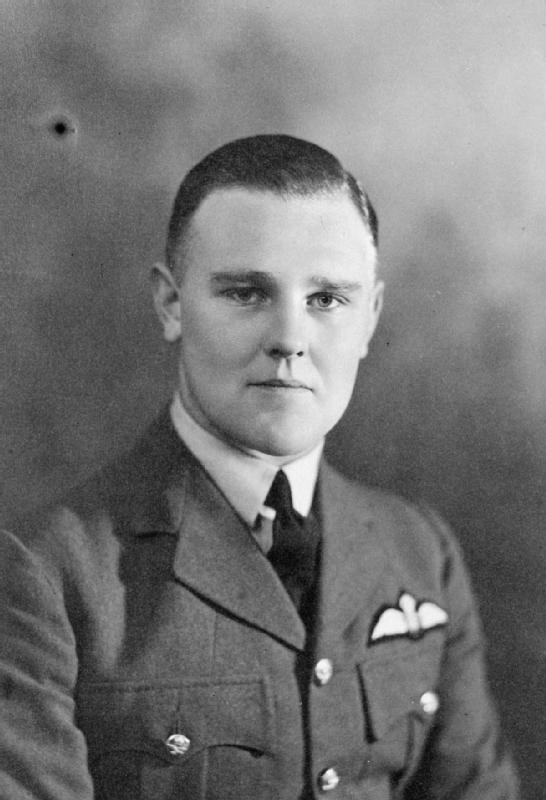A Bristol Blenheim Mk I fighter believed to be from No. 27 Squadron at RAF Sembawang, Singapore, June 1941. Scarf’s aircraft is now believed to be L1134 FX-F of No. 62 Squadron.
Scarf joined the RAF in 1936. On gaining his wings he was posted to No.9 Squadron, operating the Handley Page Heyford. In 1937 he transferred to No.62 Squadron, a light bomber unit which received the Bristol Blenheim in February 1938. Just prior to the outbreak of war in September 1939, the Squadron was detached to bases in northern Malaya. From July 1941 No.62 was based at Alor Star near the Thailand border and at the outbreak of hostilities in December 1941 the squadron came under heavy air attack. On 9 December it was withdrawn to RAF Butterworth in order to regroup.
On 9 December 1941 in northern Malaya, near the Siam border, the RAF had been ordered to make a daylight raid on Singora, an important locus for the Japanese invasion of the Malay Peninsula, then underway.
Let the Citation for Scarf’s VC, published in the London Gazette on 21 June 1946 tell the story:
“The KING has been graciously pleased to confer the posthumous award of the VICTORIA CROSS to the undermentioned Officer in recognition of most conspicuous bravery:-
On 9th December, 1941, all available aircraft from the Royal Air Force Station, Butterworth, Malaya, were ordered to make a daylight attack on the advanced operational base of the Japanese Air Force at Singora, Thailand. From this base the enemy fighter squadrons were supporting the landing operations.
The aircraft detailed for the sortie were on the point of taking off when the enemy made a combined dive-bombing and low level machine gun attack on the airfield. All our aircraft were destroyed or damaged with the exception of the Blenheim piloted by Squadron Leader Scarf. This aircraft had become airborne a few seconds before the attack started.
Squadron Leader Scarf circled the airfield and witnessed the disaster. it would have been reasonable had he abandoned the projected operation which was intended to be a formation sortie. He decided, however, to press on to Singora in his single aircraft. Although he knew this individual action could not inflict much material damage on the enemy, he, nevertheless, appreciated the moral effect which it would have on the remainder of the squadron, who were helplessly watching their aircraft burning on the ground.
Squadron Leader Scarf completed his attack successfully. The opposition over the target was severe and included attacks by a considerable number of enemy fighters. In the course of these encounters Squadron Leader Scarf was mortally wounded.
The enemy continued to engage him in a running fight, which lasted until he had regained the Malayan border. Squadron Leader Scarf fought a brilliant evasive action in a valiant attempt to return to his base. Although he displayed the utmost gallantry and determination, he was, owing to his wounds, unable to accomplish this. He made a successful forced landing at Alor Star without causing any injury to his crew. He was received into hospital as soon as possible, but died shortly after admission.
Squadron Leader Scarf displayed supreme heroism in the face of tremendous odds and his splendid example of self-sacrifice will long be remembered.”
Because of the chaotic nature of the Malayan campaign, the facts concerning Scarf’s actions were not known until after the war which is why his action was not gazetted until 1946. At the time of his death he was about to become a father for the first time. His pregnant wife was a nurse based at the Alor Star hospital, but had just been evacuated south. The two other crewmen from Scarf’s Blenheim were also given awards after the war for their courage during this action; Sergeant Paddy Calder (later Squadron Leader) was awarded a Distinguished Flying Medal and Sergeant Cyril Rich (KIA in 1943) received a posthumous Mentioned in Despatches.
Scarf’s Victoria Cross is displayed at the Royal Air Force Museum London, England.
A fine memorial site to Arthur Scarf is to be found here.
